Photographs by Charles Eisenmann
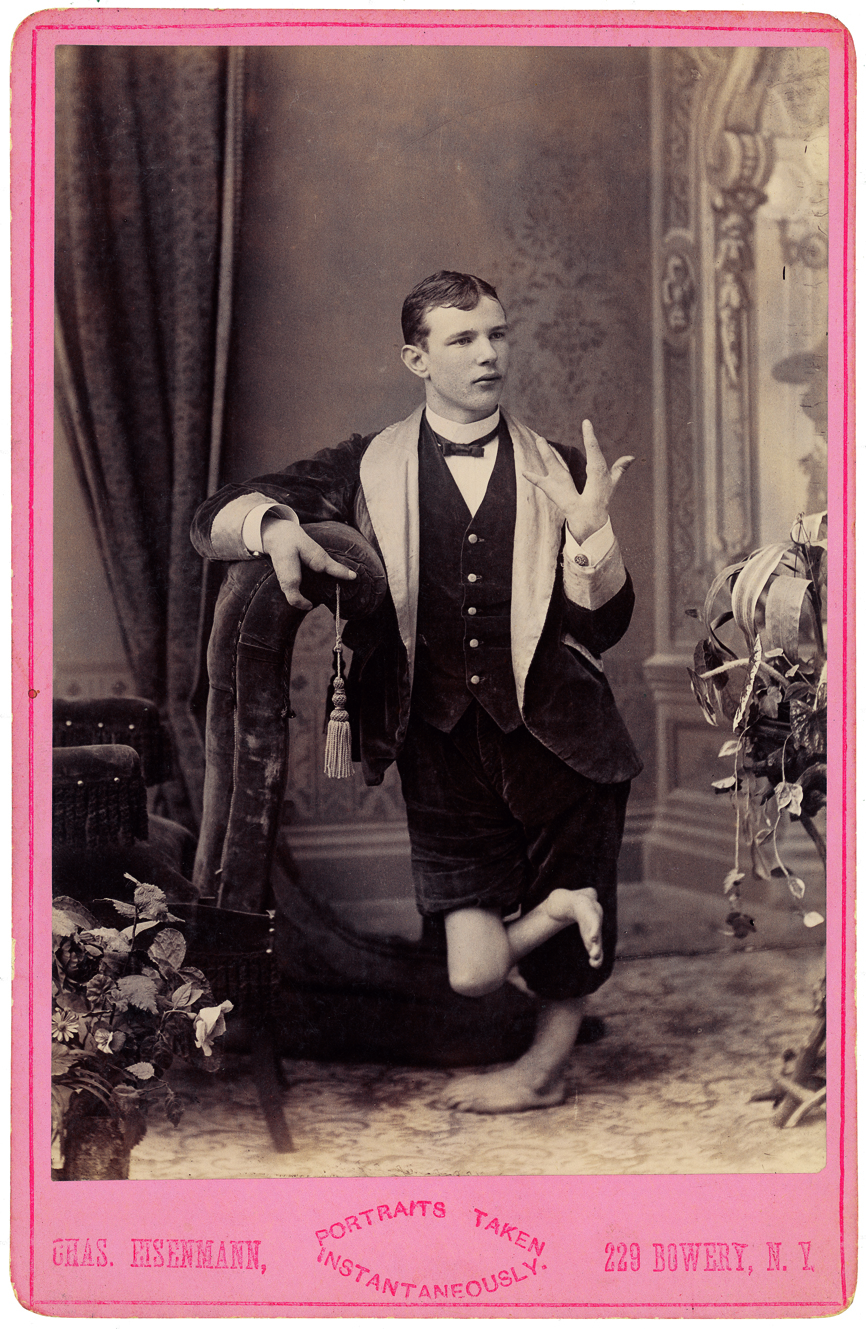
Charles Eisenmann began photographing portraits of show people from dime museums in the 1870s from his studio located in the Bowery, New York City. While photographing “ordinary” people in the basic, conventional form, Eisenmann continued working on his archive of what he referred to as “freaks” throughout the 1870s and 80s, which he sold in the cabinet style as collectables.
Clothed in stand collar uniforms and bustle dresses from the Victorian Era, each portrait is carefully directed to enhance the visual wonders of the models’ distinct physique.
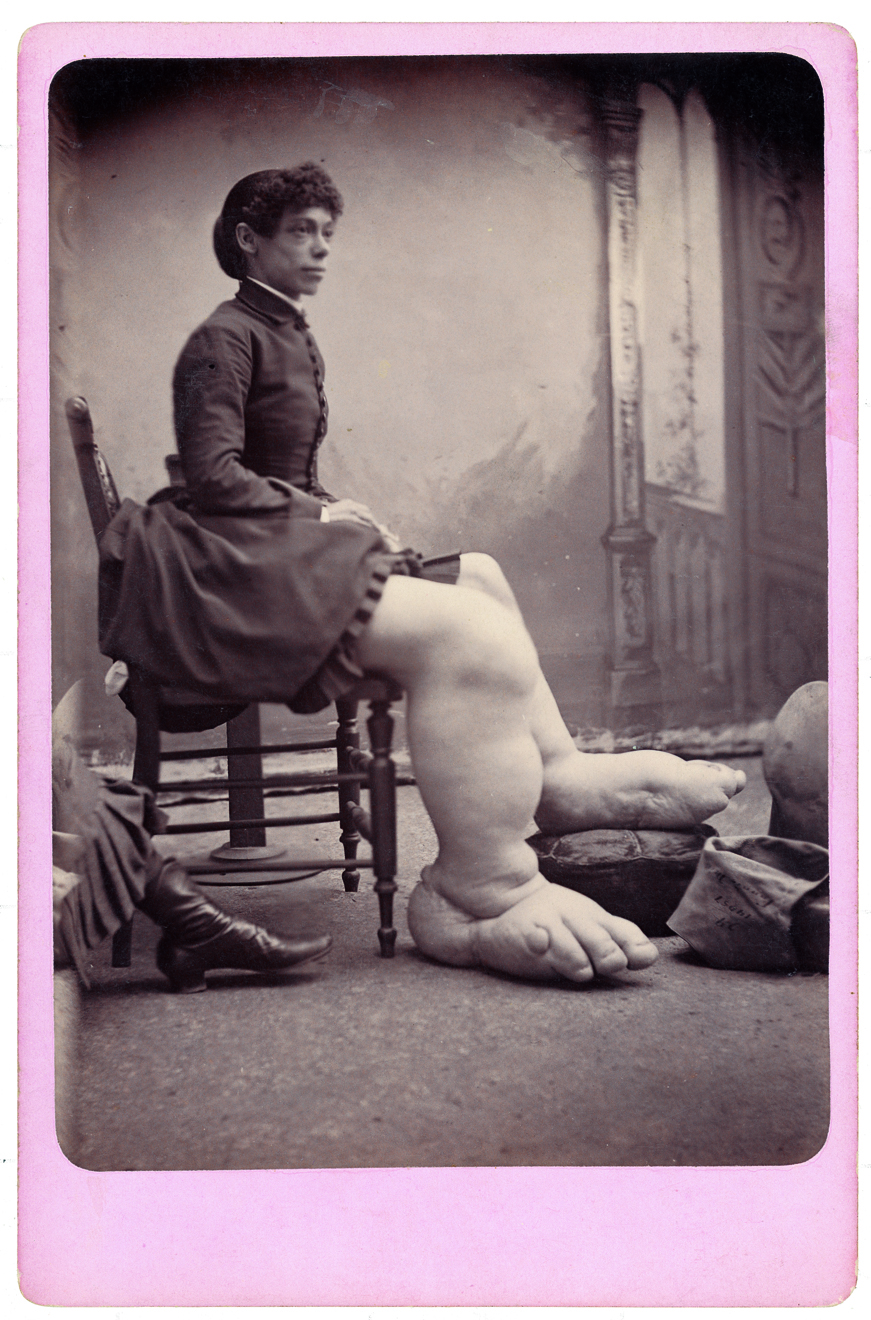
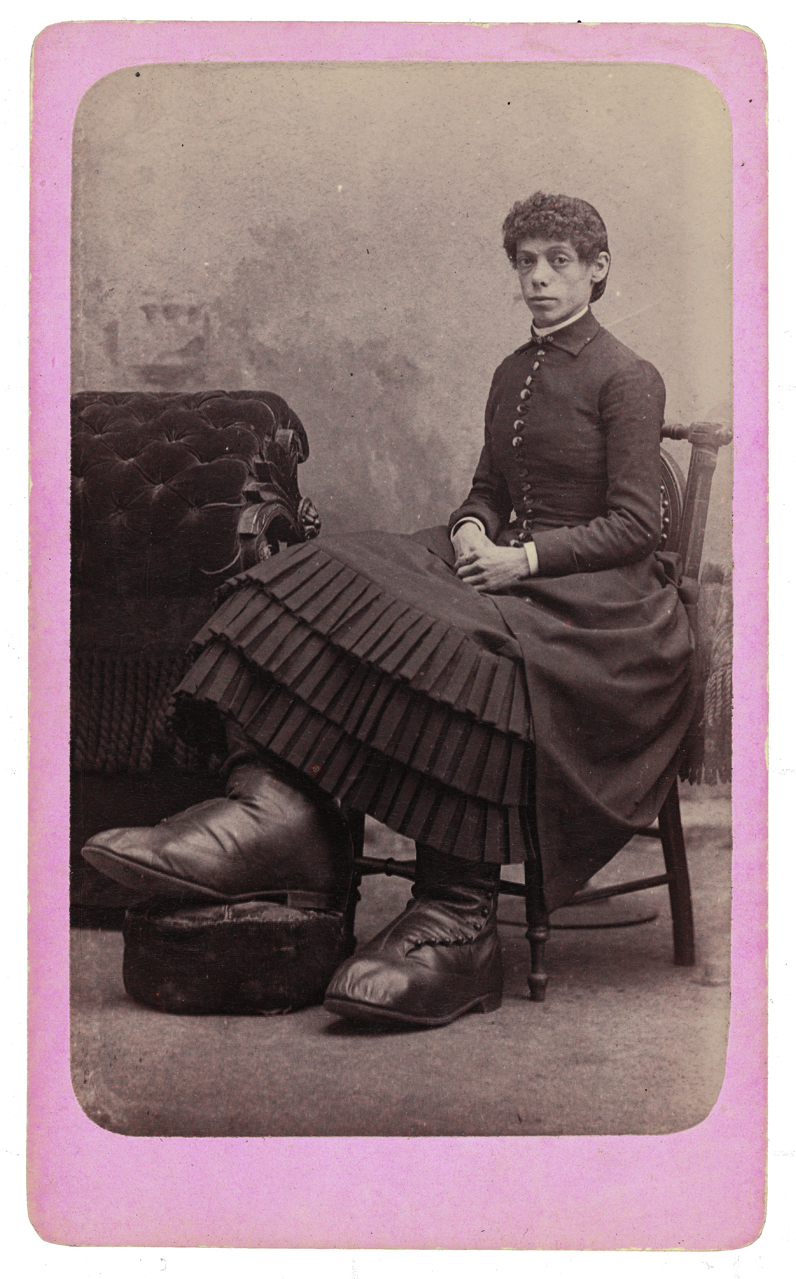
Born with a beautiful face and giant feet, Fanny Mills came with a dowry of $5000 cash and a “well stocked farm” in Ohio from her desperate father, to any single men willing to take her as a bride.
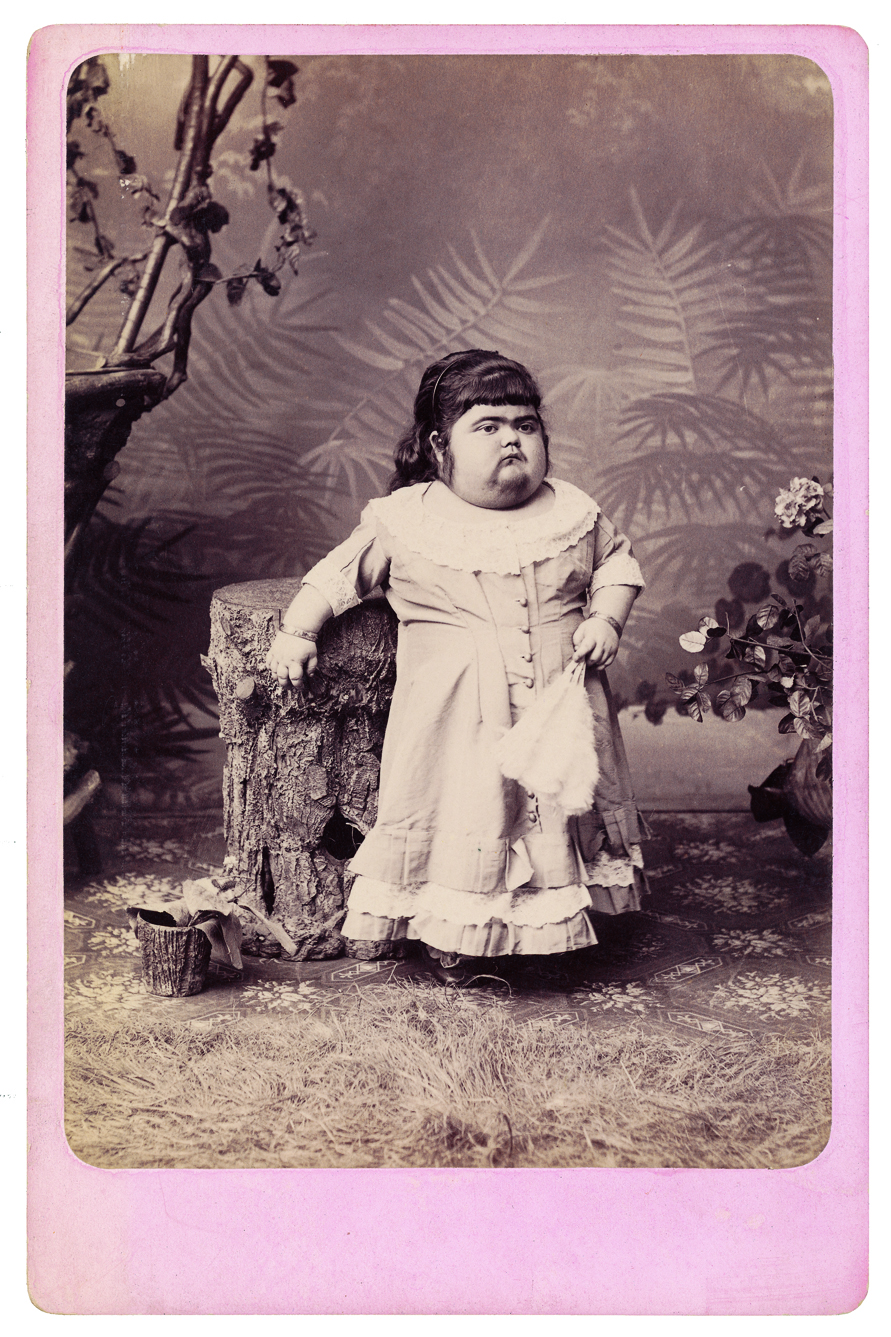
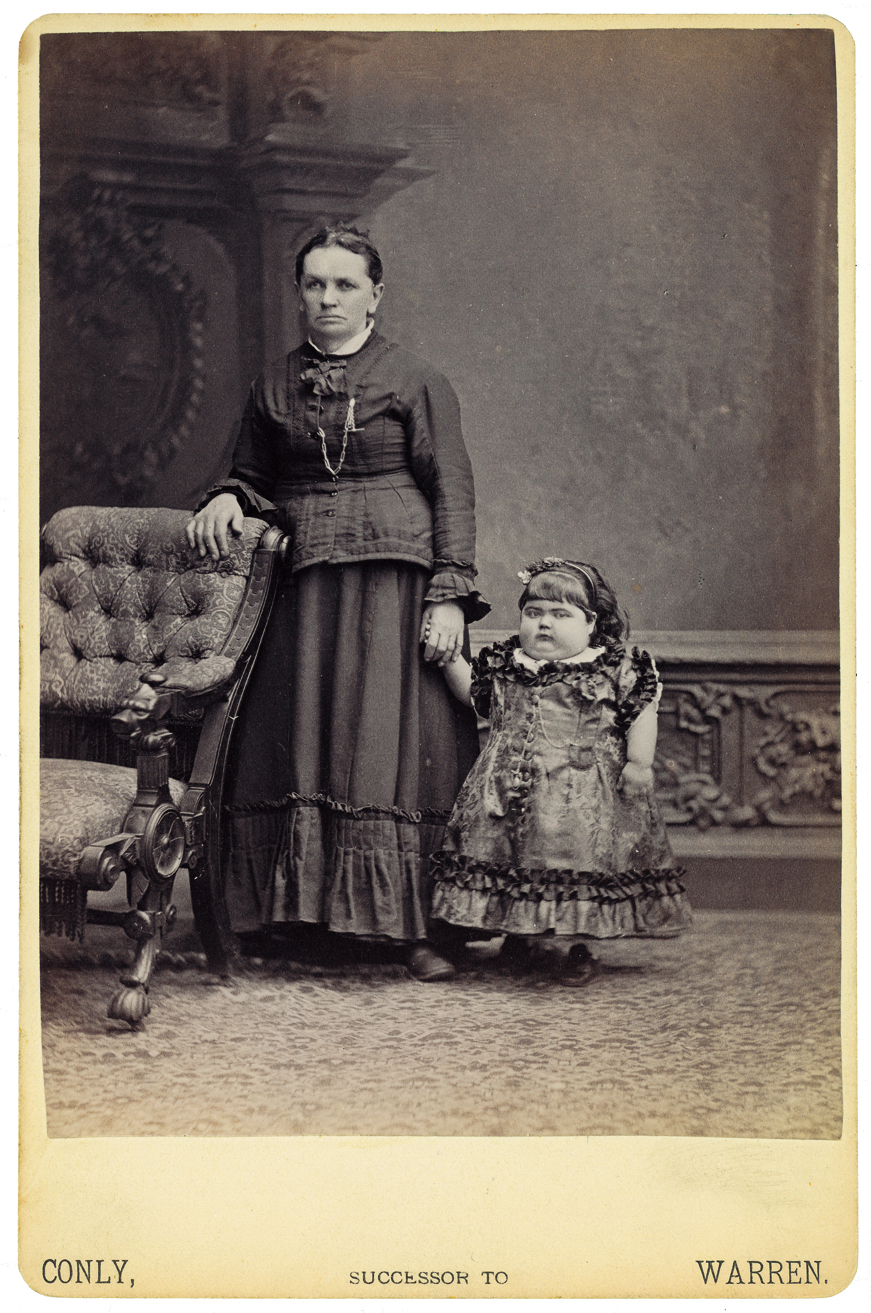
“Dwarf Fat Lady” Sophia Schultz was a frequenter to Eisenmann’s studio. Sometime during the 1880s, she began to grow facial hair, which was reinforced with a little pencil work.
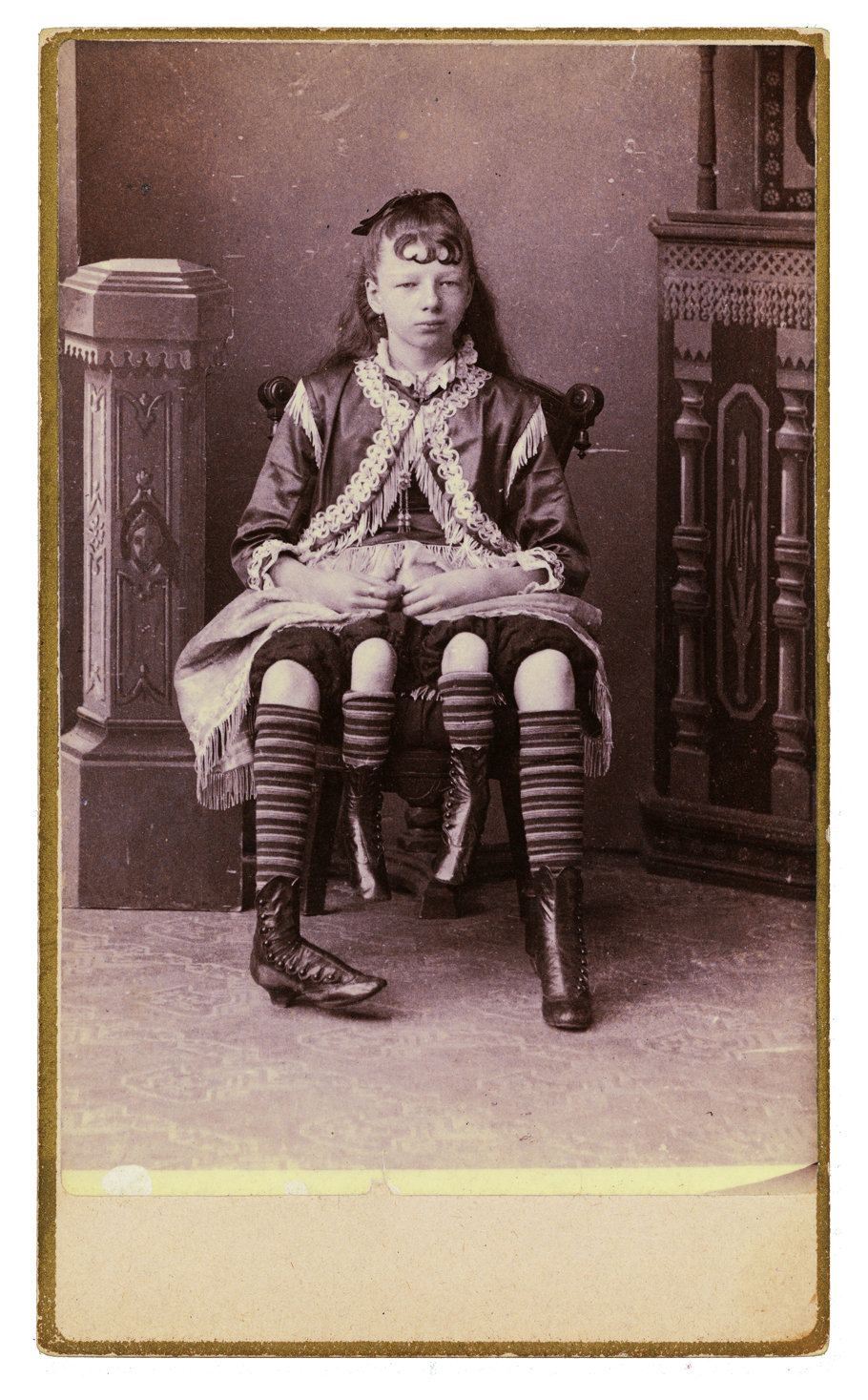
People with amazing appearances live amazing lives. The four-legged Myrtle Corbin bore 2 and 3 children respectively from her two separate vaginas.
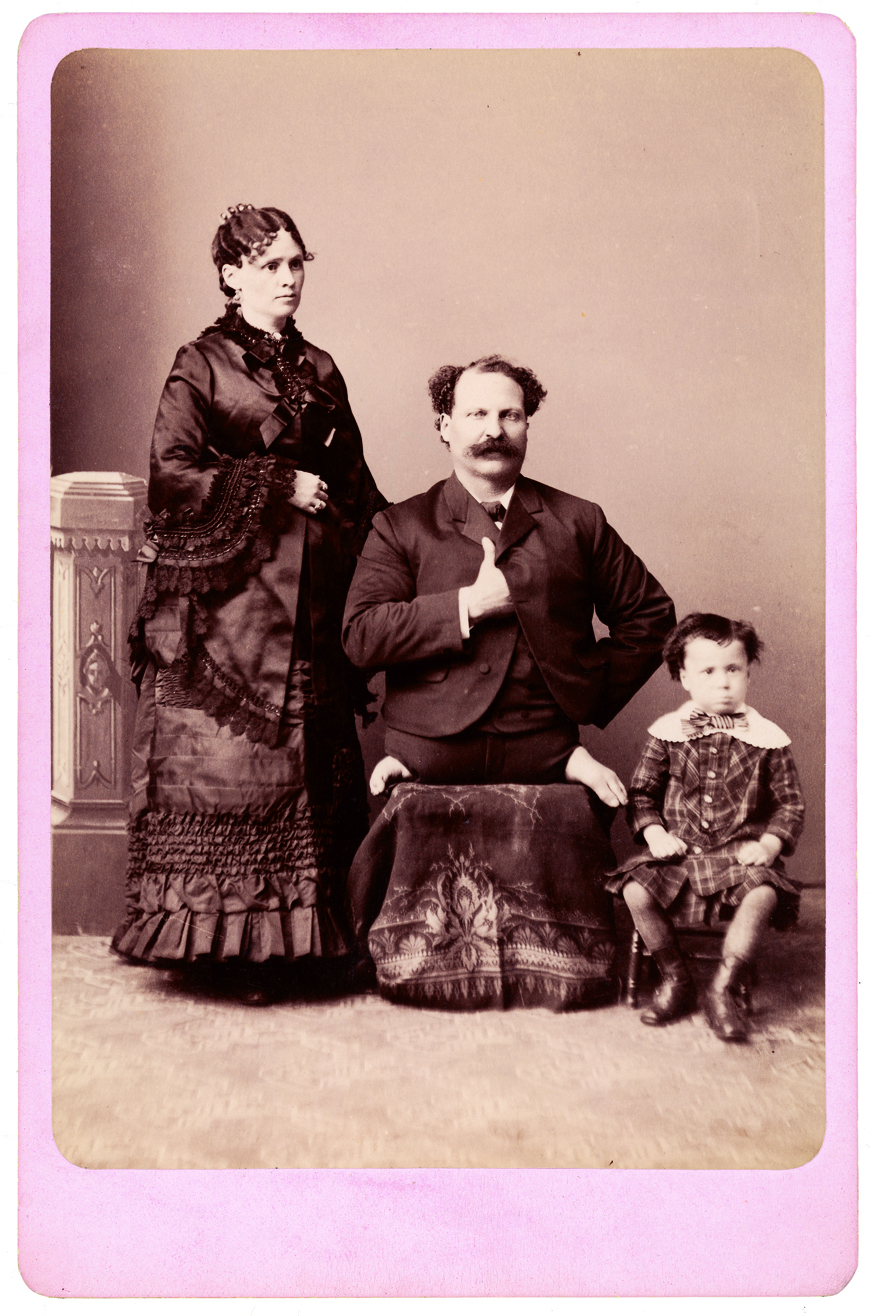
In the 19th century, physical deformation was not considered so much as a handicap, but as a born talent. Where as in modern society where we strive to fix any imperfections towards an ideal image, if the situation allows and is not life threatening, physical deformation was an advantage to be used. Many of the performers in dime museums received good wages, married, and lived with happy lives. Much like Eli Bowen, whose feet grew directly out of his pelvis.
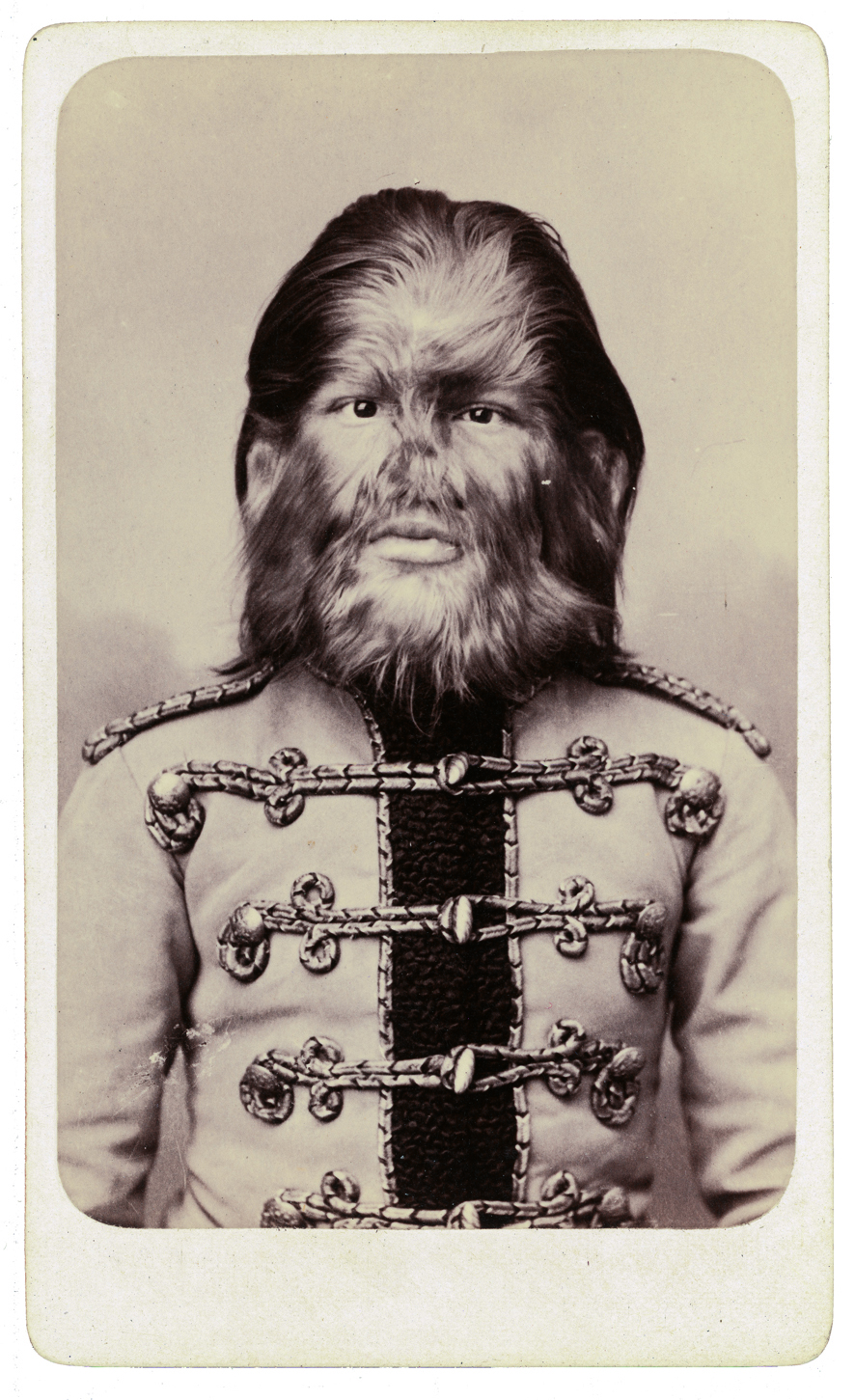
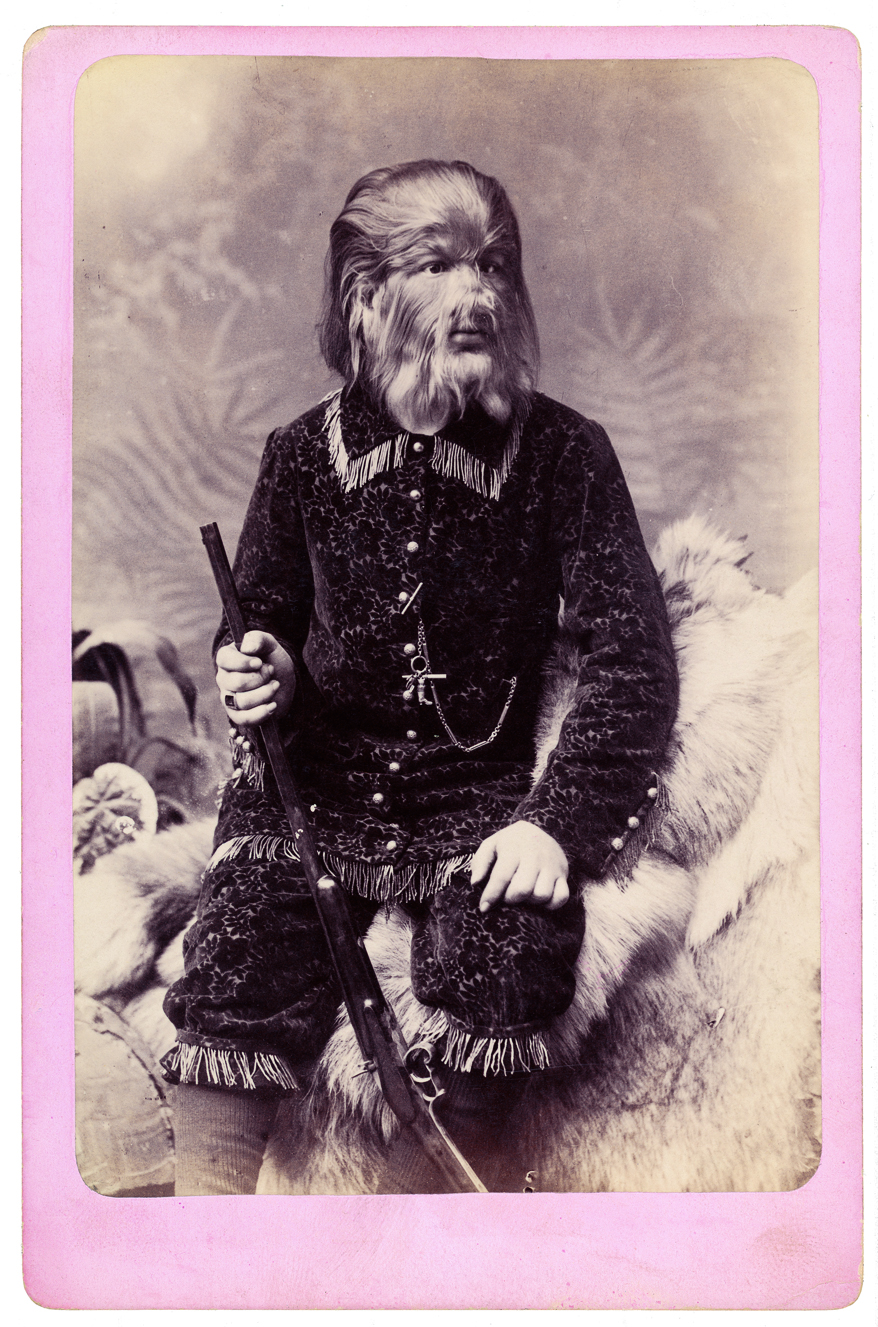
The beautiful JoJo, “The Russian Dog Face Boy” possesses the charm and elegance of the beast in the Beauty and the Beast. He was one of the most successful performers and his portraits are one of the most famous in Eisenmann’s oeuvre.
I started to collect these beautiful portraits along with other medical and spirit photographs, after I decided I had seen enough of Surrealism such as Bellmer, Molinier, Man Ray and Cecil Beaton.
Eisenmann’s carefully staged backdrop, props, costume, lighting and angles add to the dramatic and distinct atmosphere of each portrait.
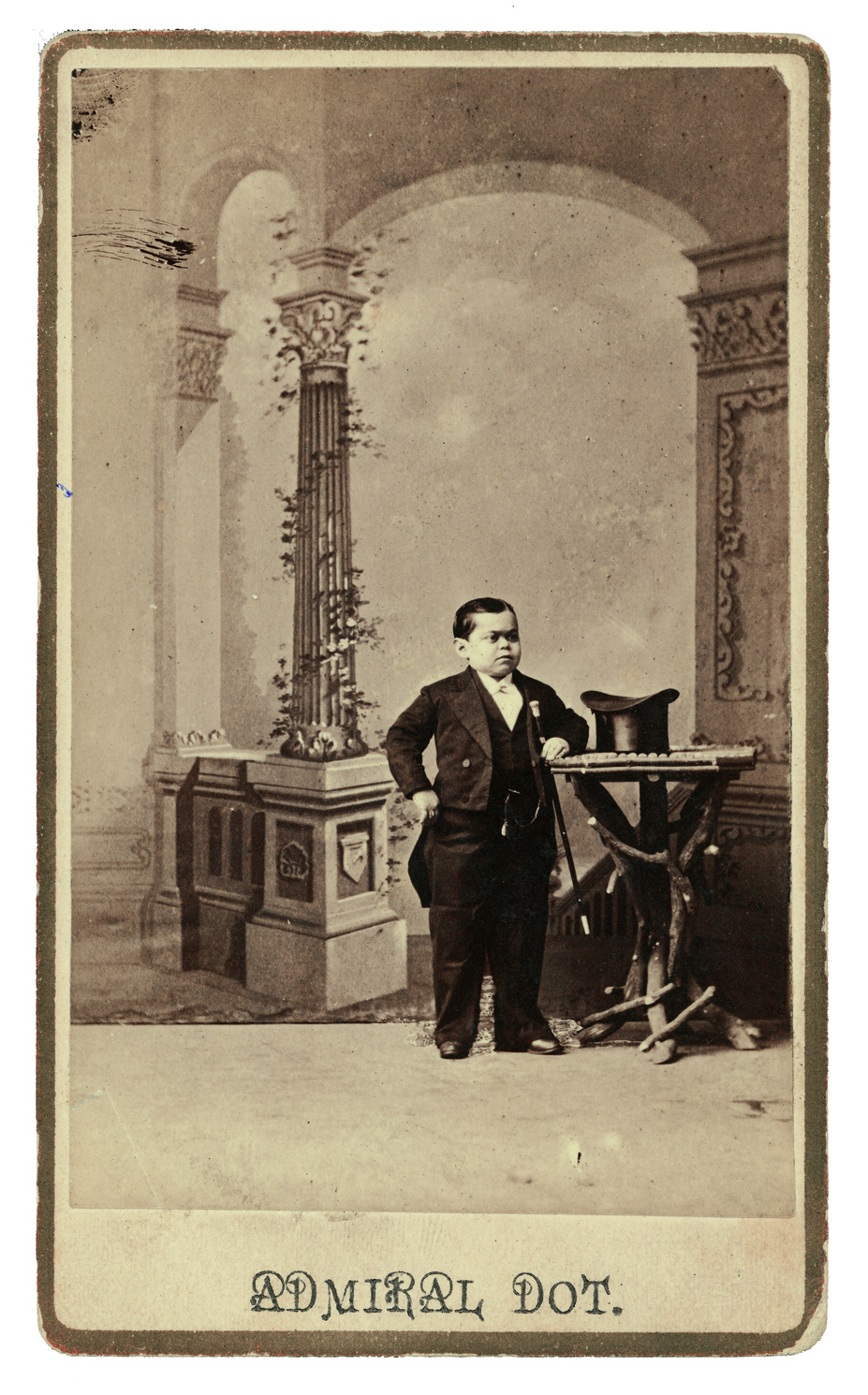
Reaching success with Admiral Dot the Midget, it is known that Phineas Taylor Barnum (known widely as P.T. Barnum) accepted abnormal people as gods, although the notion is a bit sketchy. He left his signature on a portrait by Eisenmann in 1885.
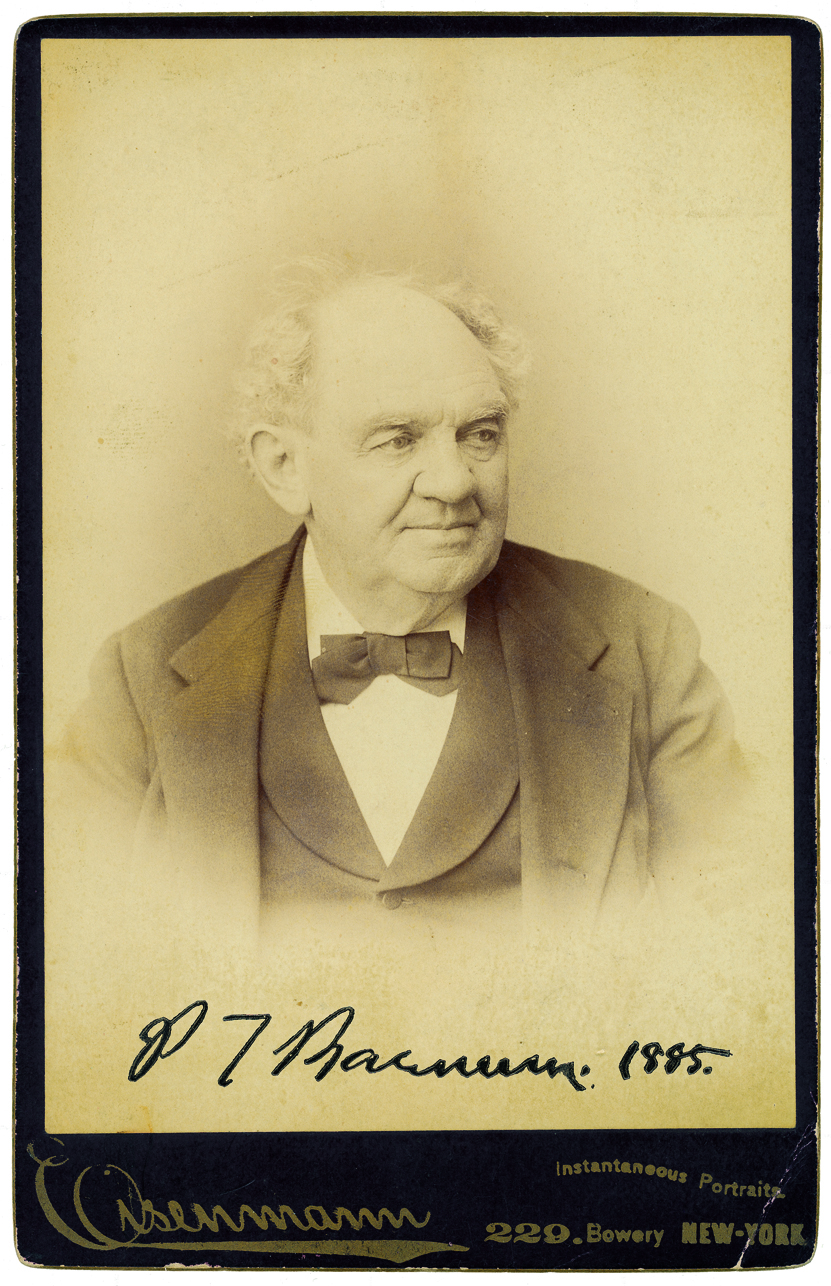
Around 300 vintage prints by Charles Eisenmann, along with an album of 700 abnormal portraits collected by E.H. Jenkins are in the collection of Gallery Naruyama.
BACK
